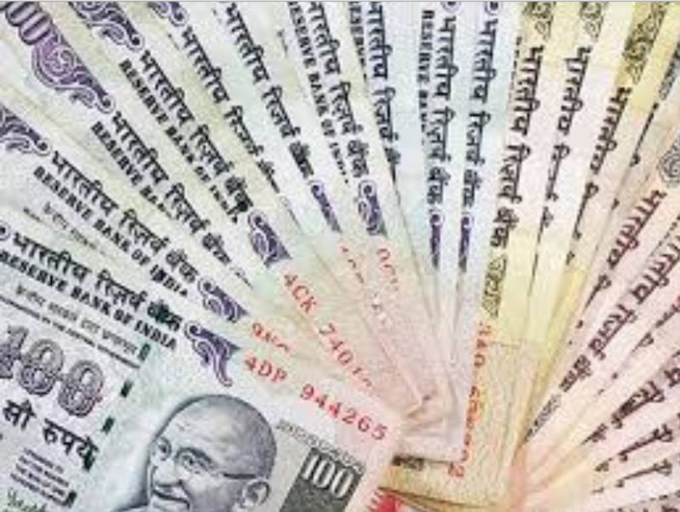
With
The transition from a state of crisis of confidence in 2013 to a bright spot in 2015 is not by chance but by design. The past few months in particular, have seen even renewed energy from the Government to enforce key reforms, and revive industrial sentiment. Going forward, the upcoming Budget Session of
Boosting Savings in India
Most importantly, there is a need to boost savings in the economy to enhance the inherent economic strength of the financial sector. It will be worthwhile to adopt of the structural GEAR (Growth, Efficiency, Attractiveness, Reach) approach, as elaborated below, to augment the savings rate in the economy:
Enhance economic growth to increase per capita incomes: Towards this end, it will be important to increase disposable incomes by relaxing personal income tax slabs to INR 5 lakh from the current level of INR 2.5 lakh – this could be a one-time correction and this could thereafter be linked to inflation and reviewed every three years. This will provide an immediate thrust to household incomes, part of which will be diverted to financial savings.
Focus on efficiency in financial transactions: Use of plastic currency and e-transactions (via internet/mobile) will not only improve ease of transactions but also enhance saving propensity among citizens. Every 1% reduction in currency in circulation is likely to add 0.4% to the savings rate. More importantly, this could also help in curbing the flow of black money.
Make financial savings attractive: Financial savings must be promoted by improving tax incentives. One of the enabling measures for this will be to enhance 80C limits to INR 3,00,000 from current level of INR 1,50,000 – this will also deepen the mutual fund and equity markets. Secondly there is a need to increase inflation adjusted post tax returns for bank deposits, by reducing lock in period eligible for tax rebate to 1 year from 5 years; and enhancing the threshold for mandatory TDS on interest income to INR 50,000 a year from the current level of INR 10,000. It will also be useful to roll back TDS on Recurring Deposits to encourage wider adoption, as this is a product that promotes the habit of regular saving. Further, pension products like EPF and PPF continue to enjoy ‘EEE’ tax status whereas the National Pension Scheme (NPS) are subject to ‘EET’, which involves tax obligation at the withdrawal stage. To create a level playing field and prevent cannibalization, NPS needs to get ‘EEE’ tax status to make it more attractive.
Expand financial reach: The Government could consider converting India Post into Postal Bank of India, a full-fledged Payments and SAVINGS bank, to leverage its rural penetration for greater financial inclusion. Internationally, there are a few countries which have tapped the postal institution for extending financial inclusion.
Next Generation of Reforms
For 2016, I believe India’s top priorities should include passage of GST, rationalizing direct taxes further, tax sops for Start Ups and introducing key structural reforms in terms of real estate, labor and MSMEs. The farm sector too needs significant focus on irrigation and technological support.
With the global economy expected to remain mired in volatility in 2016, strengthening the domestic economy will also help to ring-fence India against global headwinds. While micro measures will help, the Banking & Finance sector also needs the next generation of reforms. I am hopeful that economic clairvoyance will triumph over political myopia in 2016 and GST will see the light of the day. The Bankruptcy Bill will also turn out to be a game changer for spurring economic activity and confidence. This Budget presents a Golden Chance to usher in Fiscal Measures to make 2016 India’s Year.
The article has been authored by Rana Kapoor, managing director and CEO of YES Bank and chairman of YES Institute.
